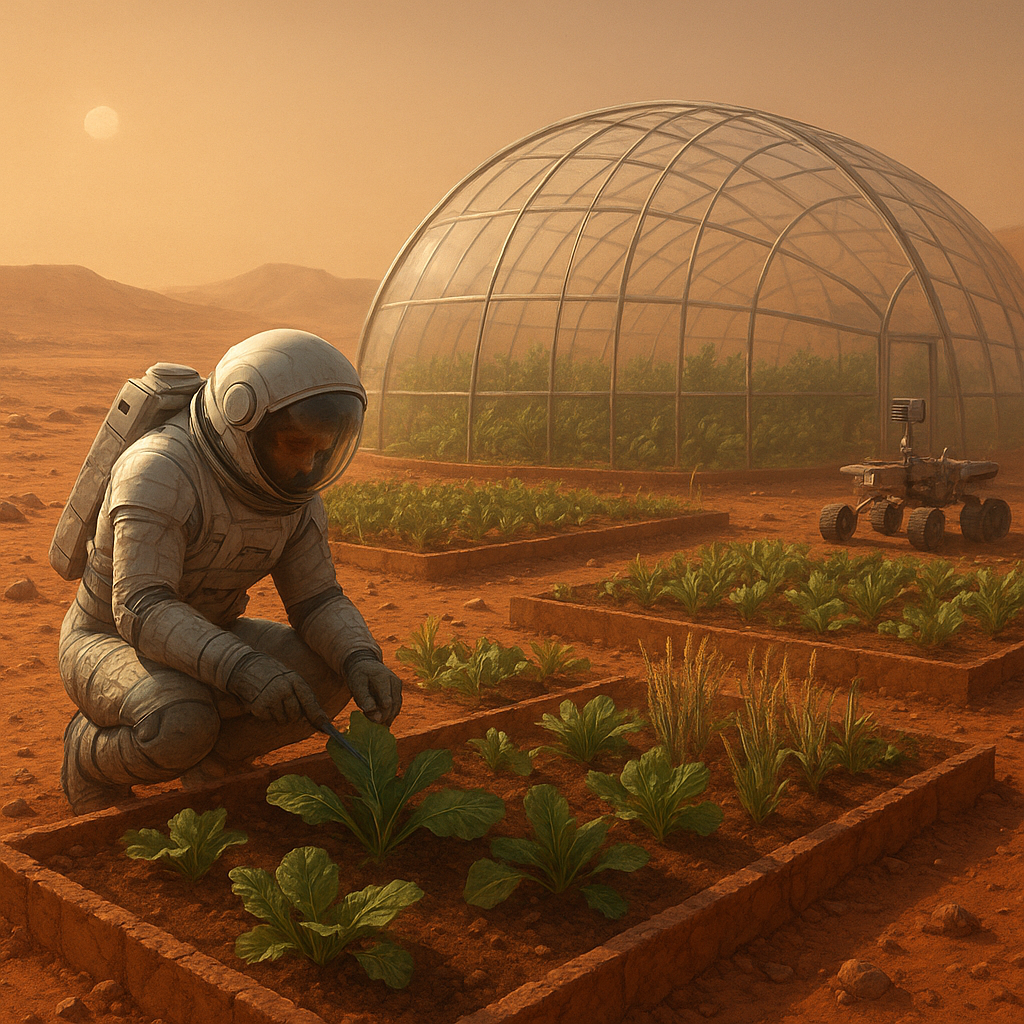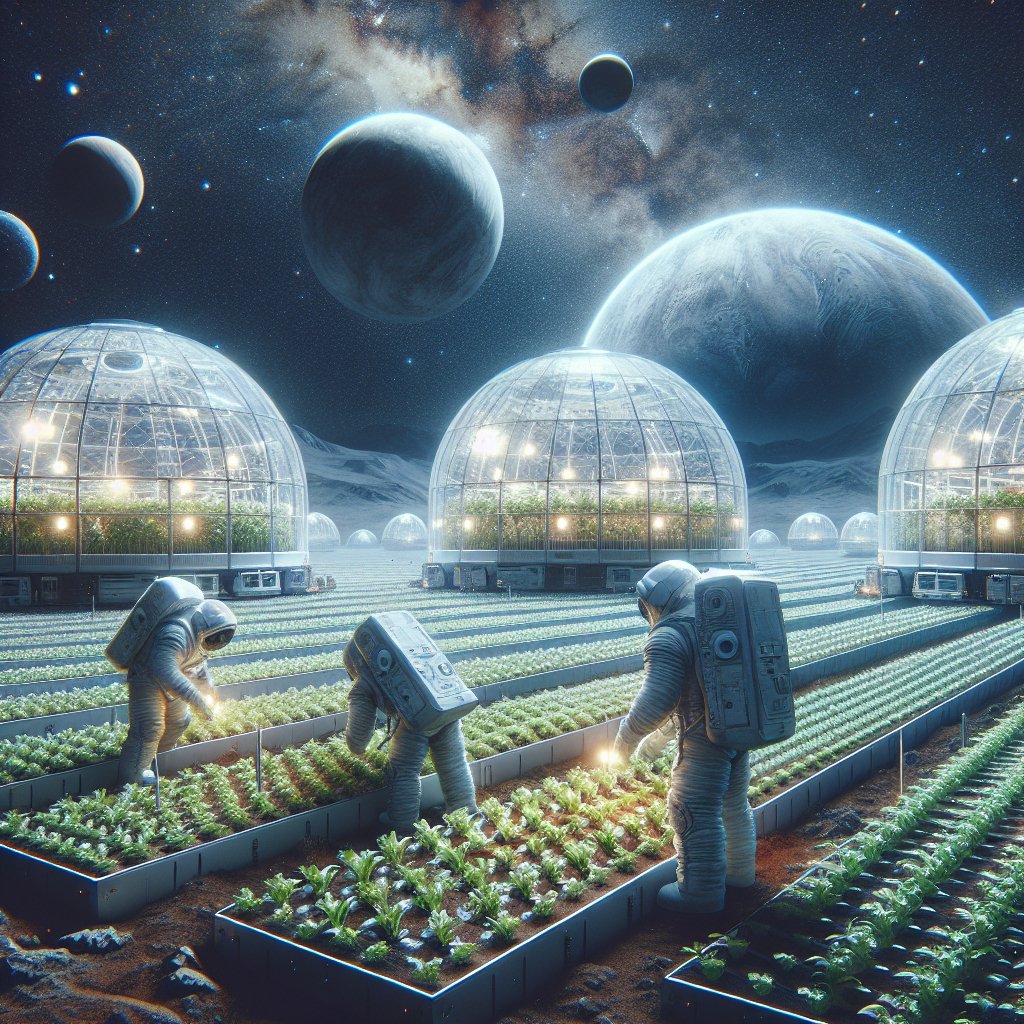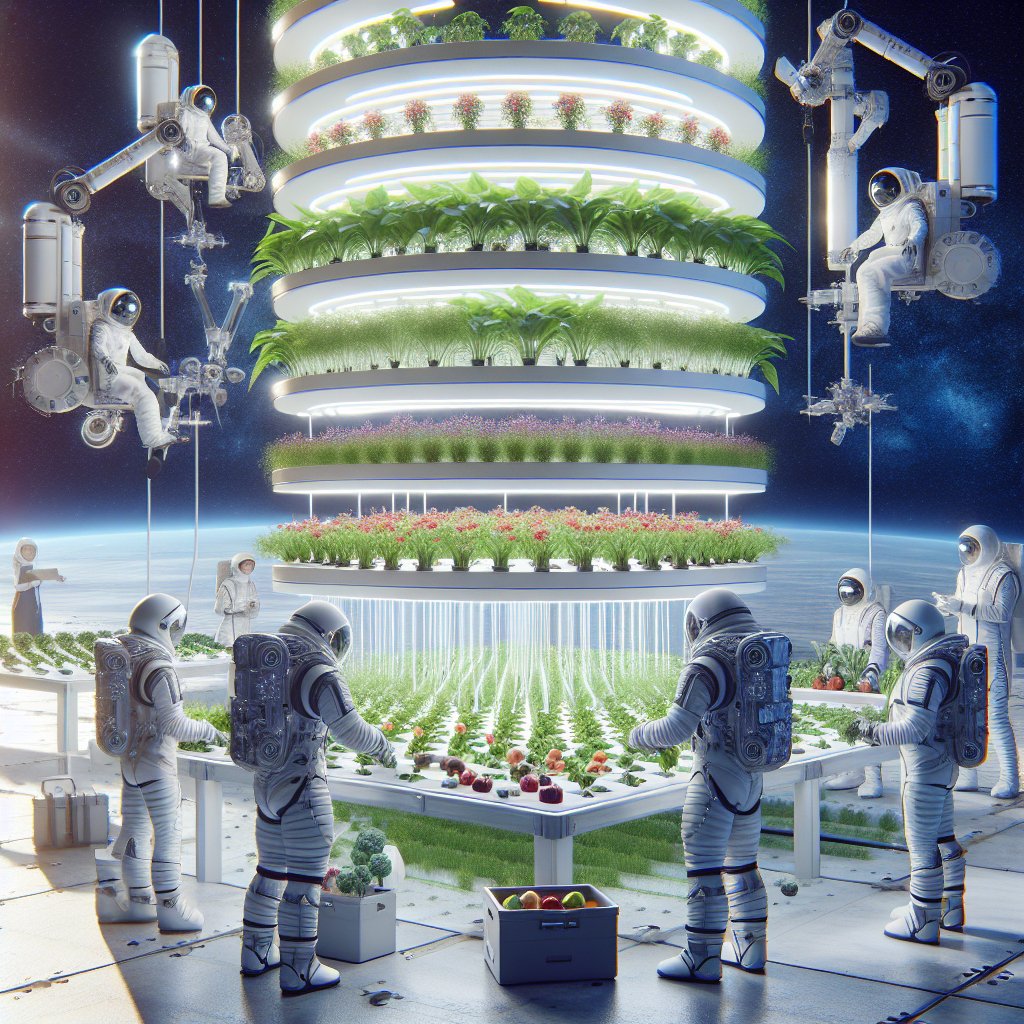Exploring the boundary between Earth and the cosmos, hydroponic cultivation in space is redefining how life-support systems sustain human explorers. By leveraging plant biology under zero gravity, researchers aim to close life-support loops, reduce resupply needs, and pave the way for long-term missions to Mars and beyond. This article delves into the core challenges, breakthrough technologies, and promising outcomes of growing plants in microgravity environments.
Challenges of Cultivating Crops in Microgravity
In the absence of a dominant gravitational force, conventional agricultural practices become unviable. Soil, a medium rich in microbial communities and essential minerals, cannot be used in its natural form. Without gravity, water and nutrients distribute unevenly, leading to root suffocation or desiccation. Engineers and biologists must confront the task of recreating a nutrient-rich environment that ensures proper gas exchange and moisture levels around root systems.
Further complications arise from radiation exposure and limited workspace aboard orbital platforms. High-energy particles pose a threat to DNA integrity, increasing mutation rates in young seedlings. Enclosure modules must integrate shielding materials without adding prohibitive mass. Additionally, every watt of power and kilogram of material counts; systems must optimize resource use for both life support and scientific return.
Advanced Hydroponic Systems and Technologies
Recent developments in soilless cultivation leverage closed-loop hydroponics to deliver precisely dosed nutrients and water. These systems include:
- Membrane-based wicking substrates that maintain constant moisture levels.
- Capillary mats integrated with roots to prevent waterlogging in microgravity.
- Pressurized tubing and targeted nutrient jets powered by minimal pumps.
State-of-the-art sensor arrays constantly monitor pH, electrical conductivity, and nutrient concentration. Advanced control algorithms adjust dosing schedules, preserving the delicate balance between hydration and aeration. Automated sensors detect early signs of nutrient deficiency, enabling real-time corrections without manual intervention.
Lighting is another critical component. LED panels deliver customizable spectra, tuning red and blue wavelengths to regulate photosynthesis and morphology. Programmable photoperiod cycles mimic Earth’s day-night rhythm or test continuous lighting regimes for accelerated growth. Smart light fixtures can adapt intensity in response to plant signals, optimizing energy efficiency while maximizing biomass accumulation.
Scientific Discoveries and Health Benefits
Plant experiments conducted on the International Space Station (ISS) have yielded fascinating insights. The lack of gravitational gradients encourages roots to grow into unique patterns, revealing new aspects of root signaling and cellular architecture. Studies on Arabidopsis, lettuce, and wheat have unraveled genes associated with stress tolerance and cell wall remodeling under microgravity conditions.
Bioregenerative systems, where plant transpiration recycles water and produces oxygen, directly support life support frameworks. Consuming fresh greens can improve crew morale and nutrition by providing vitamins, antioxidants, and natural flavors absent from prepackaged rations. Evidence suggests that integrating fresh produce into astronauts’ diets can lower risks of bone density loss and bolster immune response during prolonged missions.
Moreover, closed-loop cultivation reduces dependency on cargo resupply, advancing overall mission sustainability. By transforming carbon dioxide exhaled by crew into breathable oxygen and edible biomass, hydroponic units become critical components of next-generation spacecraft and Martian habitats. The synergy between plants and humans fosters a self-sustaining ecosystem, inching humanity closer to permanent off-Earth settlements.
Mission Applications and Future Directions
Operational demonstrations like NASA’s Vegetable Production System (Veggie) and the Advanced Plant Habitat (APH) have proven the feasibility of space farming. These platforms tested lettuce, mizuna, and tomatoes in orbit, with crew members harvesting and consuming the yields. Lessons learned are instrumental for designing larger biopods for lunar bases and surface operations on Mars.
Future projects will emphasize modular growth chambers that can scale flexibly. Researchers envision expandable greenhouses, assembled from lightweight panels, that connect to life-support loops in deep-space transit vehicles. Integration with microbial bioreactors might enable fertilizer production on-demand, further closing resource cycles. Cutting-edge genome editing could yield strains with enhanced root anchorage, radiation resistance, and accelerated growth rates.
International collaboration remains pivotal. Joint efforts by NASA, ESA, JAXA, Roscosmos, and private ventures foster technology transfer and standardization. Shared data repositories accelerate innovation while reducing redundant experiments in orbit. Through partnerships, agencies aim to deploy pilot-scale agricultural units on the Moon by the late 2020s, setting the stage for Martian agriculture in the 2030s.
By marrying plant science with aerospace engineering, hydroponics in space transcends mere novelty. It represents a cornerstone of interplanetary exploration, equipping future explorers with robust life-support solutions. Continued research promises to unlock new frontiers in sustainable agriculture, forging a path toward self-sufficient human outposts across the solar system.




